All about the mantras of Shiva
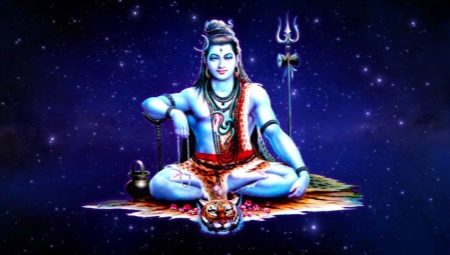
Indian supreme deities are the personification of strength, grace, wisdom, they combine creation and destruction. You can address them by reading (chanting) mantras. Shiva mantras are considered to be one of the most powerful. Their texts allow you to get closer to the true consciousness and find harmony with the mind. Among them there are very ancient texts that appeared at the beginning of the millennia and are mentioned in the Yajurveda.
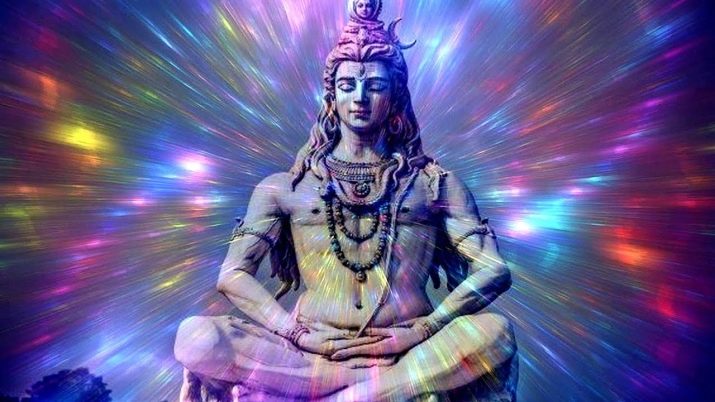
Peculiarities
Shiva symbolizes Almighty God, who is responsible for the entire cycle of human life, from birth to death. Practitioners of mantras and meditation recommend asking for complete cleansing when contacting Shiva. Each mantra of Shiva is able to show one of his forms and incarnations, of which there are many.
It is worth noting that among the incarnations there are even such as the Terrible (Bhairava). Moreover, this and other, kinder forms are worshiped in mantras. Indeed, even if the hypostasis brings chaos and destruction, then it temper a person, forcing him to turn to higher forces, become more sober, distracting from the usual.
Thus, all forms of Shiva are exclusively good, for which he is revered.
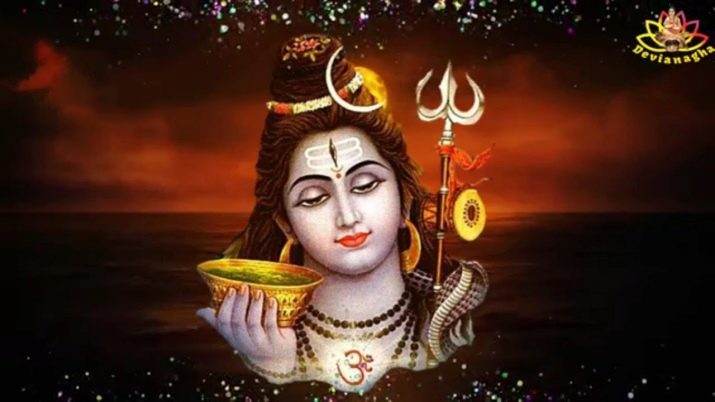
In general, Shiva, despite the severity of some of his images, is all-good and unusually generous. All those who worship him receive various benefits. There are a large number of mantras for this deity, but the most common is "Om Namah Shivaya".
This word form is one of the most ancient song lyrics in Hinduism. The followers of this religion are sure that the words of this mantra lie in the heart of the Vedas, therefore the mantra is often called "the core of the chanting of the Lord."This mantra is aimed at addressing the peaceful hypostasis of Shiva - Paramatman (World Spirit).
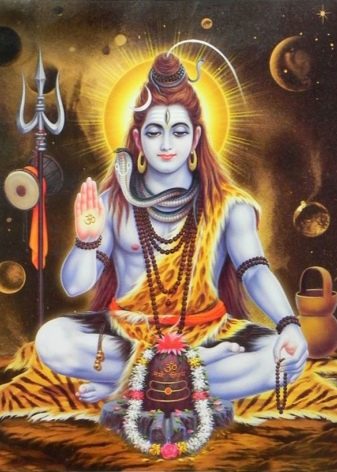

There is no exact translation of this mantra. Followers of Shivanism and Tantrism include it in their daily reading. This is done for constant communication with the deity Shiva. It is also important to deal with negative illusions called Maya. Hinduism proclaims Shiva not just the Supreme God, but the Supreme Teacher, Teacher of teachers, the Supreme Lord of Yoga.
Reading the mantra to Shiva allows you to gain his favor and approach the sacred. The word form "Om Namah Shivaya" is one of the fastest and simplest ways to comprehend the divine nature in oneself. The constant repetition of the text makes it possible for the human consciousness to connect with the consciousness of the deity. Quite often, the mantra is considered the highest practice of wisdom and comprehension of the ability to live.

What gives?
The main advantage of the Shiva mantra is the destruction of bad emotions and thoughts of a person, poisoning life. The latter are the result of enduring multiple difficulties and stresses in everyday life. The constant chanting of the text of the mantra allows you to send positive energy into the space of space, and in return receive reciprocity that has increased tenfold.
By reciting a mantra, one can understand the path of peace and harmony, as well as clearly see what is happening around. Through constant practice, intelligence is enhanced and life is prosperous. The mantra is aimed at pacifying the ego, which allows you to free yourself from aggression, calm down and concentrate. Negative energies are destroyed in the process of chanting, and the person is filled with positive.

After repeated and regular repetition of the text of the mantra, you can feel divine grace, a surge of joy, and receive prosperity in all matters. When thoughts are directed to Shiva, the energy component of a person is strengthened. The body often responds to the spoken words with pleasant warmth and vibration in the limbs.
Thanks to the mantra, you can clear your thoughts and look at the tasks in a more meaningful way. Of course, what the worshiper will receive as a result of the ritual depends entirely on his faith, willingness to change, desire to act decisively. Mantra Shiva is able to cover different time dimensions in which the realization of our goals and intentions takes place. All the rubbish that hinders this, including conflicting desires and false aspirations, with constant practice goes into the past.
In the energy structure, the recitation of the Shiva mantra passes through the temporal layers and layers of the mind, allowing you to reduce the time to achieve the goal to a minimum. As a result, everything that was desired is quickly achieved in reality.
Dreams come true, but only real ones, which come directly from the very depths of the heart, and not imposed by someone else.
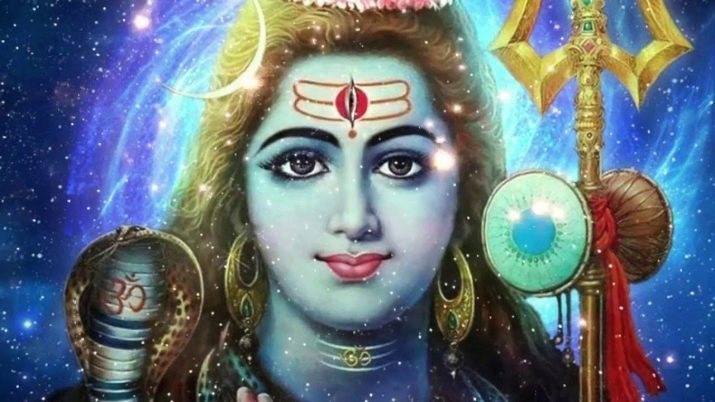
Basic texts
Bija-mantra "Om Namah Shivaya" is the most powerful and makes it possible to pay attention to how all living things are created, and mentally return to the beginning of everything. This mantra is called panchakshara and consists of 5 syllables. Each of them symbolizes one of the five elements - earth, water, fire, air, sky / space. "Om" is a universal vibration that existed long before the formation of the Universe. Translated from Sanskrit "Namah" is a greeting, and "Shivaya" is one of the names of the god Shiva.
Another mantra to the blessed Lord Shiva sounds like this: “Jaya Jaya Shiva Shambo Mahadeva Shambo! Shiva Shiva Shiva Shambo Mahadeva Shambo! " This text praises the great and merciful Shiva, who brings happiness and joy to the hearts of people.
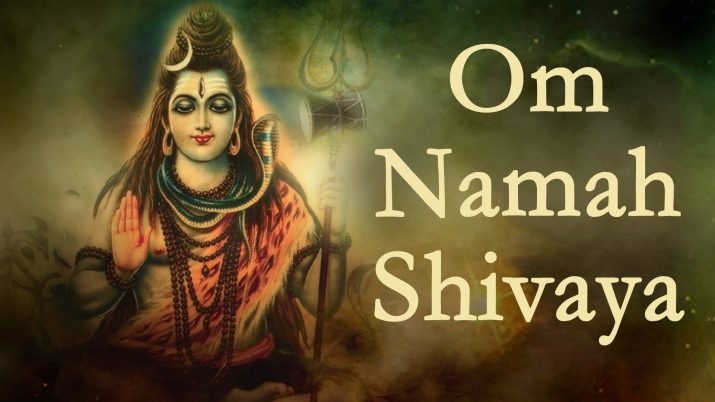
There is also a Moksha Mantra that bestows liberation: Shivo Ham. It also allows one to comprehend the divine consciousness.
The appeal to the god Shiva for protection includes the mantras: "Karana-traya-hetave", "Nivedayami chatmanam", "Gathistam Parameshvara".
It should be noted that it is not always possible to accurately determine the meaning of the mantra. After all, most of them have no translation.Vedic culture implies that the mantra texts are sacred and very ancient. It is not their understanding that is important here, but the correct pronunciation.
There are a lot of mantras for God Shiva, but even a simple greeting with folded palms - Namaskar - allows you to address him. Whoever greets him in this way will already receive the favor of Shiva.

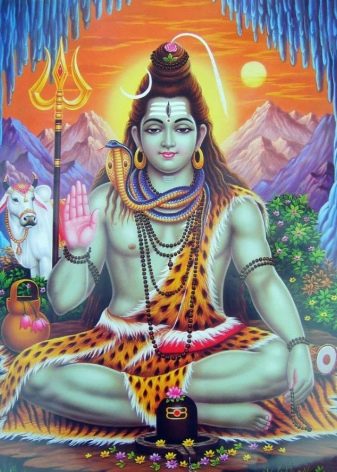
Who is it suitable for?
Shiva's mantras are suitable for anyone who wants to learn the creative power of this deity. The will of a person is enough for him to comprehend the value of the universe. Word forms suit both men and women equally well. Moreover, they can be practiced during periods of calm, and in difficult situations. Pronunciation of the text of the mantra allows you to achieve greater harmony and easier to endure everyday problems.
Reading mantras is especially important for young girls who want to meet true love and get married as soon as possible. You can also recite mantras when you have difficulties at work or financial difficulties.
Turning to Shiva, you can get rid of vanity, pettiness, eliminate failures.

Mantras should be used more often for those who often feel such a feeling as anger. They also help you learn to control your emotions, accept reality as it is, and be fully aware of events. Weakened by stress and multiple problems, it is also worth resorting to chants, directing the concentration of thoughts in the right direction. Ancient sounds are associated with a source of eternal order, which is able to fulfill the wishes of all who wish to convey them to the god Shiva.
Reading rules
Mantra texts for Shiva can be repeated to oneself in the mind, in a whisper or aloud. It is recommended for beginners to achieve concentration by repeating words in a loud voice. This is done in order to streamline thoughts, it is better to imagine the symbols from the mantra. Also, this pronunciation helps to neutralize extraneous sounds that can be distracting.
For the correct recitation of the mantra 108 times, it is best to use special rosary beads or make them yourself from scrap materials. As a rule, they have 109 beads, of which one differs in size and is a dividing one. They should be used to calculate how many times a mantra has been recited. The number of repetitions, equal to 108, is a full circle, the so-called japa. As for the number of circles that can be repeated every day, everything here depends entirely on the desire of the performer.
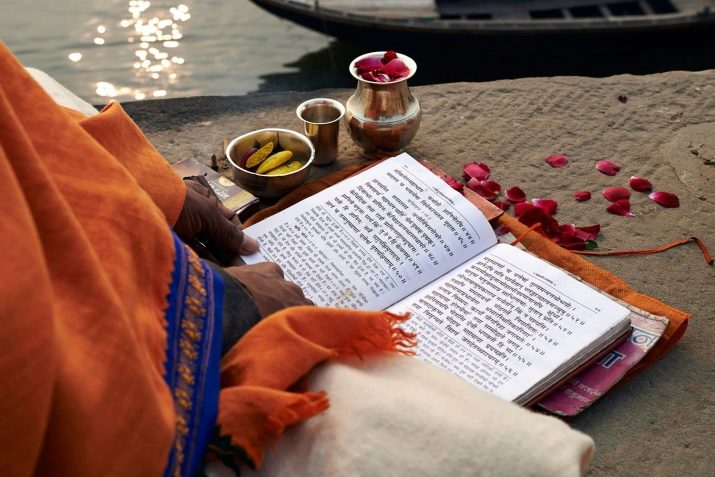
It is important, when pronouncing a word from a mantra, not to interrupt it with your breath in half. It is also necessary to pronounce all sounds correctly, you cannot distort the sound or swallow the words. When loud repetition has been successfully mastered, you can move on to whispering repetition. However, this should be done when the mind is not too restless.
The most effective and at the same time difficult is mental pronunciation. This method should be tried only after you have mastered loud practice and reading in a whisper. When repeating the text of the mantra, it is very good to imagine the luminous Shiva in the region of the heart.
It is worth noting that the mantra "Om Namah Shivaya" is one of the few that can be recited even without initiation.
When pronouncing a mantra, all obstacles that prevent him from achieving what he want collapse in front of a person. Concentration directs energy flows inward, so that what is conceived is embodied in reality. Reading the mantra should be done on an empty stomach, you can immediately before eating. Reading should be done in a quiet and calm place.
For reading, choose a standing or sitting position. Depending on the position in which the word form will be sung, streams will be distributed throughout the body.

Sitting
When performing the Sukhasana pose, it is best to sit on the mat, with your legs crossed in front of you, and your arms extended up. Also, the whole body should also be directed upward. It is necessary to inhale and exhale 5 to 7 times. Then you need to stop breathing for a couple of seconds and relax, so that wisdom and the correct understanding of the world come. Then the emphasis on the other leg changes, and everything is repeated anew.

In the Virasana position, you need to kneel with your legs wider than your shoulders. In this case, the pelvis is lowered, the feet are on the sides, and the back is straight. In this position, when reciting the mantra, the chakras are opened and the messages from space are perceived.

In the classic lotus position, when the legs are crossed and bent at the knees, and the palms are folded in front of each other, Padmasana is performed. In this case, one should look forward, and the shoulders should be completely relaxed. Of the seated, another popular posture is called "butterfly" or Badhakanasana. To perform it, you need to sit up straight, and put your feet together, while touching the floor with your knees. It is important not to allow the appearance of pain, so as not to be distracted from the mantra.

Standing
In the Tadasan pose, the legs should be put together, the buttocks should be tightened, the stomach should be drawn in. It is necessary to ensure that the shoulders are straightened, and the arms are lowered along the body. This is to avoid undue stress in the neck and back. In this position, the text of the mantra must be read for at least 30 seconds to fill the chakras with energy.

From Tadasana pose, you can easily go to Padangustasana pose. To do this, the body is lowered forward so that it takes a position parallel to the floor. After a few seconds, you need to stretch to the tips of your feet, and then freeze for 20 seconds and slowly straighten up. It is important to do everything without fuss and unnecessary haste, which can negatively affect the result.

Uttita Trikonasana Pose begins as Tadasana, but then the legs are placed shoulder-width apart, and the arms are extended to the sides. The right foot should be gently pulled back and bent over. In this case, the left hand is directed upwards and you should look at it, lingering in this position for 20 seconds. The movement will need to be repeated with the other arm and leg.

You will find a mantra for Shiva for energy saturation in the next video.








